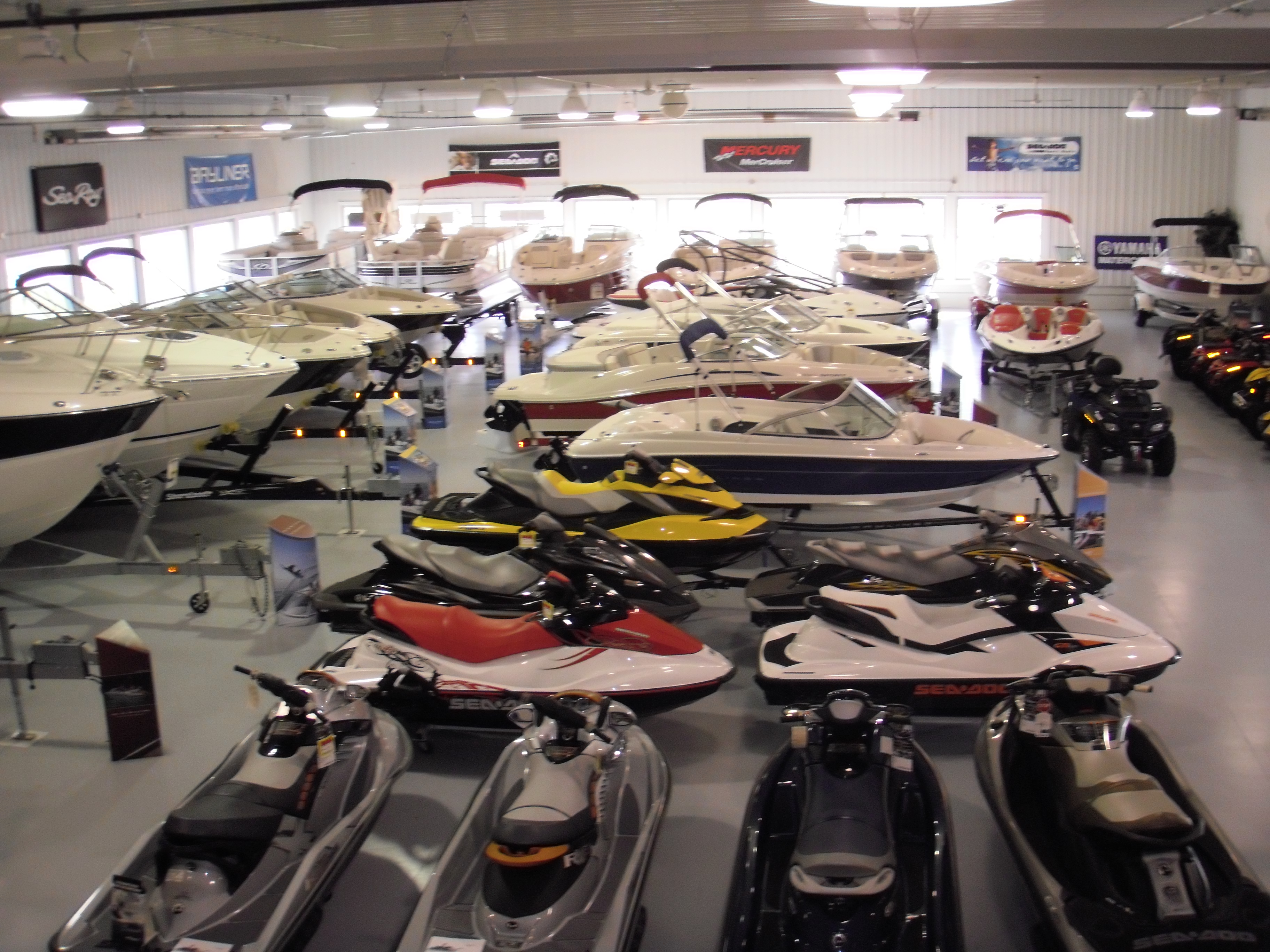
With today's
modern fuel injection engines, changing your spark plugs is few and far between, but that day will come that you will need to know how to properly change a spark plug on your boat. That is where we come in. Here are some tips and tricks for changing your spark plugs.
Choose The Right PlugA tad short or not the right heat range won't fly. Close enough will not work when installing spark plugs. The best way to figure out the right spark plug is to contact the manufacturer.
Using The Right WrenchSpark plugs have a porcelain tip on them that is protected by a foam cover. Using a standard socket wrench could crack the porcelain. You will need a steady hand, socket extension and tight griping socket.
Using The Right TorqueOver tightening is one of the biggest mistakes. If you overtighten the spark plug when reinstalling it, your could strip the cylinder which would be costly to remove and have it re-threaded. The average torque wrench setting should be between 18-20 pounds per square inch. Make sure to check with the manufacturer before use.
Using The Right GapThe gap is the distance the spark has to jump. If you have a
gapless engine, then this is one step that you do not have to worry with. If your sparks need to be gapped, I would suggest investing in feeler gages. The gap setting can be found on the emissions plate of the engine or in the owner’s manual
Quick Tip: As you are changing your plug, check the others. Look for water droplets, aluminum bits, or a white substance on them. If you find any, take it to your dealer before you head out again.
Now that you can properly change your spark plugs, don't let the fear of what might go wrong stop you from enjoy a day relaxing on the water. If you are looking for some more tips on the subject, check
these out.
 This time of year is rough on us boaters, we can no longer spend every weekend enjoying our time on the water. During this time off, how can we keep our gear looking like new all year round? How you store your gear has a big impact on its lifespan and performance.
This time of year is rough on us boaters, we can no longer spend every weekend enjoying our time on the water. During this time off, how can we keep our gear looking like new all year round? How you store your gear has a big impact on its lifespan and performance. 






